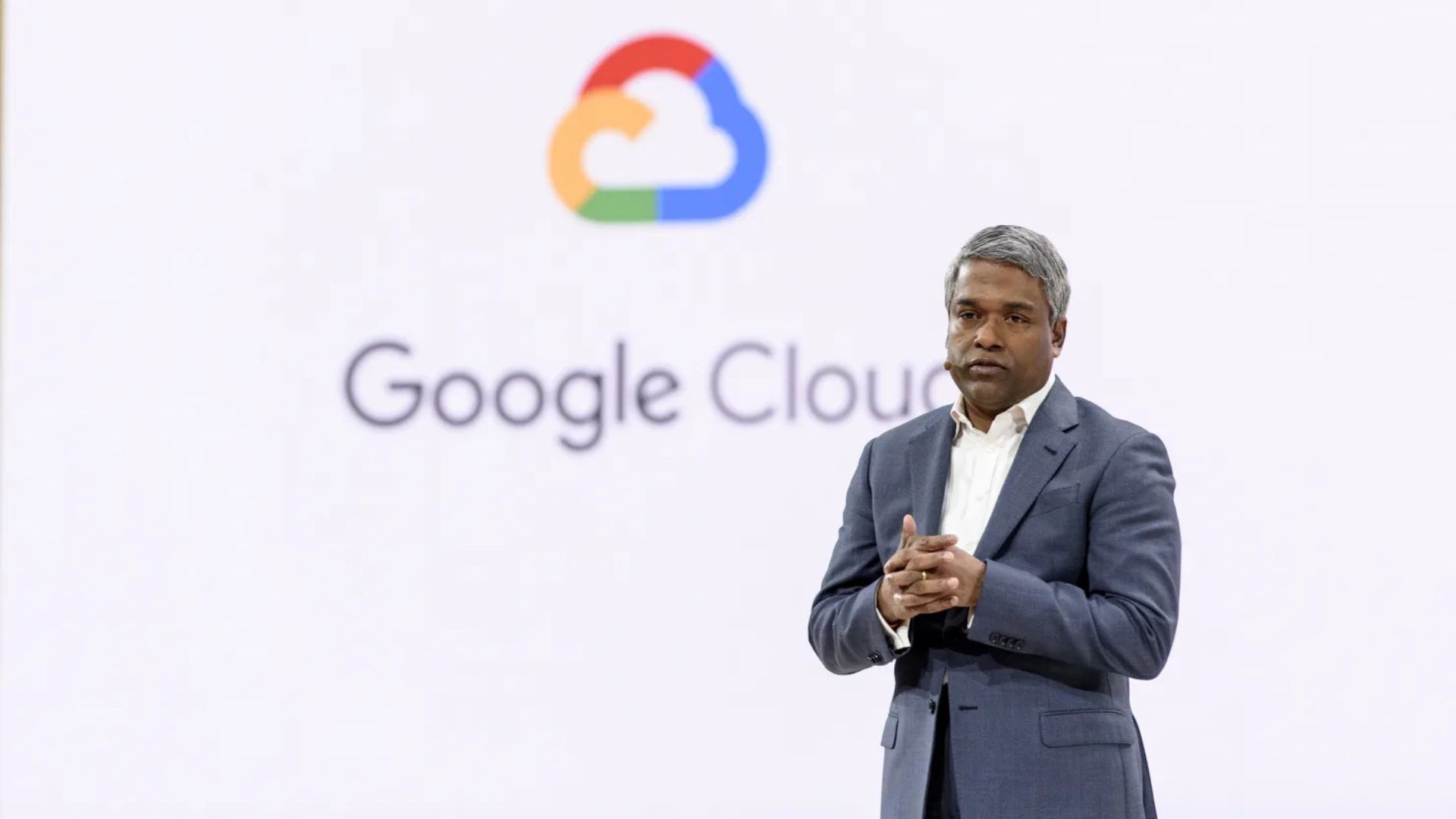
Michael Short | Bloomberg | Getty Images
Google Cloud Has $58 Billion in Revenue Locked In, and It’s Just Getting Started
Google Cloud is sitting on a goldmine, and it’s about to cash in. CEO Thomas Kurian just revealed a stunning projection at a major tech conference: the company expects to pull in a massive $58 billion in revenue over the next two years. The most surprising part? This isn’t from chasing new deals—it’s all coming from contracts they’ve already signed.
So, where is all this money coming from? It boils down to a massive $106 billion backlog of signed contracts that are just waiting to be recognized as revenue. Kurian explained that about 55% of that backlog is set to hit the books in the next 24 months. While Google Cloud only makes up 14% of Alphabet’s total business, it’s punching well above its weight, having already blasted past a $50 billion annual revenue rate and posting an impressive 32% growth in the last quarter alone.
A huge part of this success story is a surge in new customers, which jumped by 28% in just the first half of 2025. The real headline-grabber, however, is who these new clients are. In a fascinating twist, nine of the world’s ten largest AI labs—including direct competitors to Google’s own AI products like OpenAI and Anthropic—are now paying customers. This shows just how essential Google’s infrastructure has become for the entire AI industry.
At the conference, Kurian made it clear they are already cashing in on the AI boom. “We’ve already generated billions through AI,” he said. He broke down how it works: instead of flat fees, customers are often billed based on how much they use the AI models, sometimes paying for every bit of data processed—a model that can quickly add up as AI usage explodes.
This explosive demand is forcing Alphabet to open its wallet—big time. In response, CEO Sundar Pichai announced the company is boosting its 2025 capital spending from an already massive $75 billion to a staggering $85 billion. The lion’s share of that cash is earmarked for building new data centers and loading them with servers to keep up with the insatiable demand from cloud customers.
This investment isn’t just for future growth; it’s a race to keep up with the present. Executives admit that their capacity is stretched thin, and they expect things to stay tight well into early 2026. The pace of business is frantic: Google Cloud closed as many billion-dollar deals in the first six months of this year as it did in all of 2024, and it doubled the number of deals worth over $250 million.
Ultimately, this massive spending spree is a clear power move. Google Cloud is pouring billions into its infrastructure to not only satisfy current demand but also to aggressively challenge the market dominance of Amazon Web Services and Microsoft Azure. As companies worldwide rush to adopt AI, Google is positioning itself to be the indispensable backbone of the next technological revolution.












Your article helped me a lot, is there any more related content? Thanks! https://accounts.binance.info/id/register-person?ref=UM6SMJM3